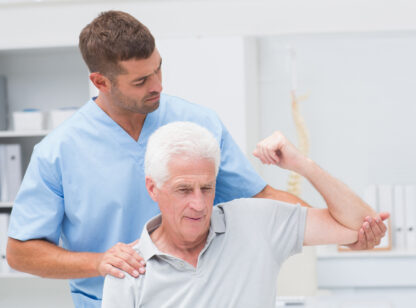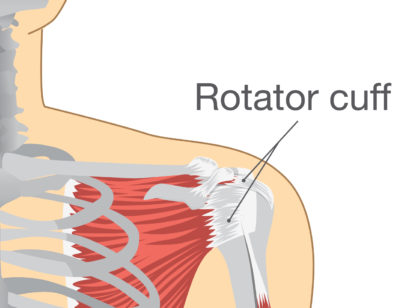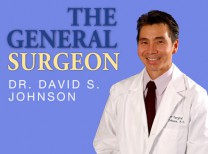Whiplash describes a range of injuries as a result of a sudden distortion of the neck from hyperflexion and hyperextension.1 It is one of the most common non-fatal car crash injuries with approximately one million whiplash incidents on our roads each year, and many more which are unreported.2 It is also estimated that 6.2% of the US population has “late whiplash syndrome,” which can show up in patients as much as four decades later.3 The common reference of whiplash is a non-medical term and before the invention of the car was called “railroad spine” in connection with train collisions.4
Speeds of fifteen miles per hour or less can result in whiplash. It is the sudden jolt that causes one’s head to be abruptly thrown back and sideways as one car hits another. The sudden motion can also cause bones, discs, muscles and tendons in one’s neck and upper back to be damaged.5
The neck consists of seven bones that make up the cervical vertebrae. The first and second vertebra, the atlas and axis respectively, are shaped differently from the rest. The atlas and axis provide rotation of the head from side to side as well as forward and backward movement, flexion and extension. Excessive flexion and extension can cause disruption of the vertebrae.
So what exactly happens? Although the exact injury mechanism causing whiplash is unknown, it may be the result of sudden stretching of the spine, primarily the ligaments, which are often torn with the back and forth snapping of the head.6 Studies have shown that when the occupant of an automobile is hit from behind, there is an axial load (compression of the spine from force exerted downward from the top) on the cervical and lumbar spine due to forces from the seat back. The cervical spine deforms into an S-shape where the lower cervical spine is forced into a backward curve (kyphosis) while the upper cervical spine remains in a forward curve (lordosis). Then the entire cervical spine is suddenly hyper-extended.
Whiplash symptoms may include pain and aching of the neck and low back, pain radiating into the shoulders, alteration of sensory feeling, pins and needles and numbness of the arms and legs, and/or headaches. These symptoms may develop right after the injury, but more often show up days later.7
Injury to the cerebrum sometimes occurs from whiplash and can be more serious. A brain injury known as coup-contra-coup may occur in severe cases. A coup-contra-coup injury occurs as the head and neck hyperextend and the brain is accelerated into the cranium first, and is then accelerated into the other side of skull as the head and neck rebound to hyper-flexion or neutral position.
Diagnosis of whiplash is through patient history, examination of the head and neck, and x-rays to rule out bone fractures. Some cases may require additional medical imaging such as MRI or CT to determine other injuries.8
Dr. Le Roy is a doctor of chiropractic and can be reached at 760.771.4800.
References: [1] Foreman, Stephen M.; Croft, Arthur C. (2002).Whiplash injuries : the cervical acceleration/deceleration syndrom. Philadelphia: Lippincott Williams Wilkins. ISBN 0-7817-2681-6. [2] Barnsley, L.; Lord, S.; Bogduk, N. (Sep 1994). “Whiplash injury.”. Pain 58 (3): 283–307. PMID 7838578. [3] Freeman, MD.; Croft, AC.; Rossignol, AM.; Weaver, DS.; Reiser, M. (Jan 1999). “A review and methodologic critique of the literature refuting whiplash syndrome.”. Spine (Phila Pa 1976) 24 (1) [4] Desapriya, Ediriweera (2010). Head restraints and whiplash : the past, present, and future. New York: Nova Science Publishers. ISBN 978-1-61668-150-0. [5] Foreman, Stephen M.; Croft, Arthur C. (2002).Whiplash injuries : the cervical acceleration/deceleration syndrom. Philadelphia: Lippincott Williams Wilkins. ISBN 0-7817-2681-6. [6] MedlinePlus Encyclopedia Whiplash [8] “Whiplash — Topic Overview”. WebMD. 2006-11-16. Retrieved 2008-01-18. [7] Krafft, M; Kullgren A, Lie A, Tingval C (2005-04-01).”Assessment of Whiplash Protection in Rear Impacts”(pdf). Swedish National Road Administration &Folksam. Archived from the original on August 8, 2007. Retrieved 2008-01-18.












































Comments (0)